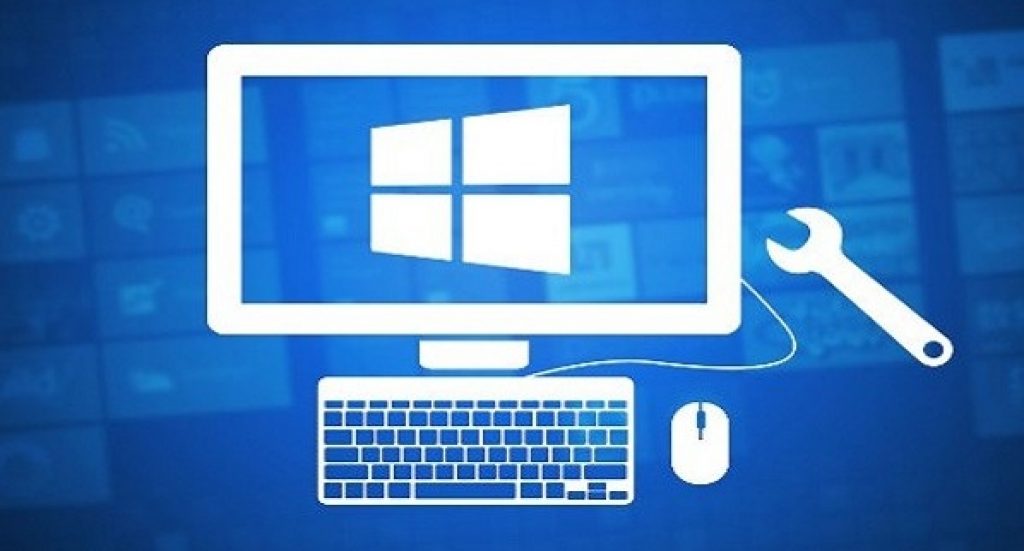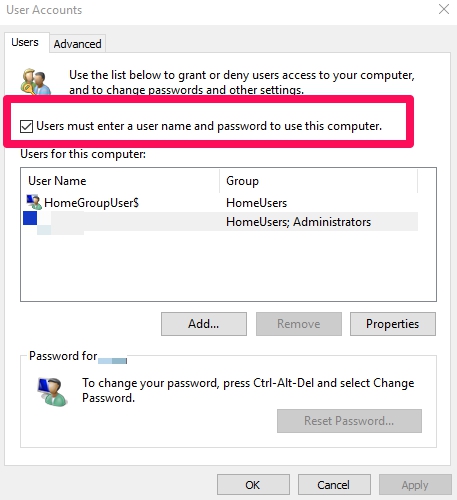Windows 10 has been around for over a year and has been a smash hit among business and home users alike. Every month millions of new users upgrade to Windows 10 OS from older Windows 7, Windows 8 & Windows 8.1 on desktop/laptop. One of the most useful features in Windows is its Group Policy Editor that helps users solve otherwise complex bugs, errors and issues using simple commands. Windows 10 Group Policy Editor [gpedit.msc] allows users to access systems files, folders and directories quickly without having to search for them. All you need is to enter a command for a specific task and the group policy editor on Windows 10 will take care of the rest. However, unlike in previous Windows versions and Windows 10 PRO or Enterprise Editions, Microsoft has offered Group Policy Editor in Windows 10 Home Edition by default. Here we are going to show you how to enable Group Policy Editor in Windows 10 Home Edition.
Windows 10 Home and Pro versions are follow different sets of commands for PC management and networking tasks. Windows 7, Windows 8 Home editions also didn’t contain the Group Policy Editor, and Microsoft continued with the same policy in Windows 10 Home Edition.
Group Policy Editor Uses:
Windows Group Policy Editor is an extremely useful tool to manage system tasks that would be difficult for normal, non-expert users to perform. With Group Policy Editor, users can make changes to the system settings without going into the Windows Registry which is full of risks as one slight mistake could result in system errors and malfunction. However, if you use Group Policy Editor you can always revert changes to return the system back to the normal state in case of mistakes and errors, something which you cannot do in Windows Registry.
Here’s a guide on how to enable Group Policy Editor in Windows 10 Home (Gpedit.Msc). You can also apply the method below to enable Group Policy Editor (Gpedit.Msc) on Windows 7 and Windows 8/8.1 Home.
Download Group Policy Editor Installer for Windows
In order to enable Group Policy Editor in Windows 10 Home, you’ll need to download Group Policy Editor Installer from the link below:
Group Policy Editor Installer Download > Link | Mirror
Once downloaded, log in Windows 10 Home as an administrator. After that, extract the installer file from the download folder and run the setup.exe file as an admin.
You can now access the Group Policy Editor tool from RUN dialogue box. Press Windows + R keys on keyboard to open RUN box and type gpedit.msc.
How To Install gpedit.msc in Windows 10 Home
On Windows 10 Home 32-bit version, setup process described above works as mentioned. But on Windows 10 Home 64-bit version, follow the steps below to install and enable Group Policy Editor after setup.exe installation.
1 – Navigate to C:\Windows\SysWOW64
2 – Copy these files and folders: GroupPolicy, GroupPolicyUsers and gpedit.msc
3 – Now head to C:\Windows|System32 and paste the copied files and folders
4 – The Group Policy Editor should work on Windows 10 Home 64-bit from the Run dialogue box.
gpedit.msc Common Problems and Fixes
If you are facing issues after installing gpedit.msc installer such as the error like ‘MMC could not create the snap-in’ or similar other, follow the steps below to fix them.
1 – Navigate to C:\Windows\Temp\gpedit\ and see if the folder is there on your device.
2 – Now download this ZIP file.
3 – Extract the zip file and copy its content to C:\Windows\Temp\gpedit\
4 – Confirm your selection when prompted
5 – Find the x86.bat or x64.bat file depending on your windows system type and run it as Administrator.
6 – All done.
You can now start using Group Policy Editor in Windows 10 Home. For queries, send comments below.
Also See on Appsforwin10:
How to Fix System Restore Not Working or Disabled on Windows
How to Fix Top 5 Windows 10 Problems
How to Save Money on Office 2016 for Windows 10




